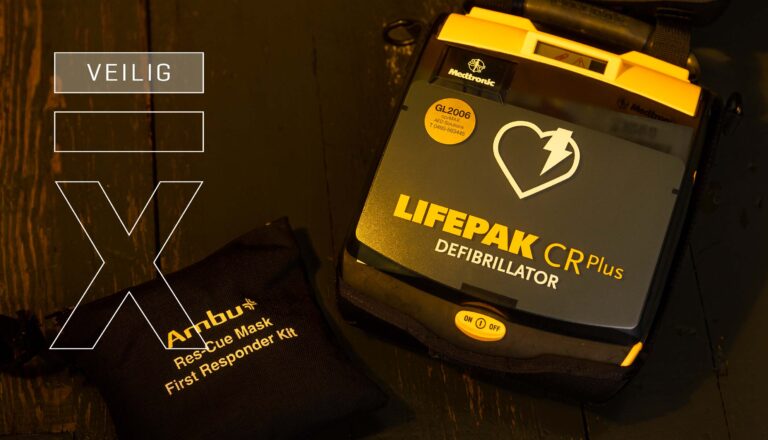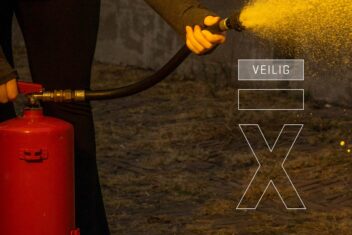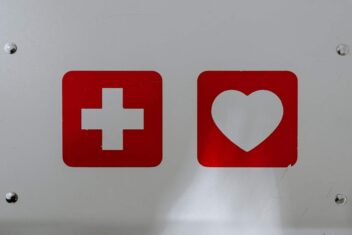How does an AED work? A step-by-step guide.

You hope never to need it, but in the event of CPR, an Automatic External Defibrillator, or AED for short, can literally be vital. Fortunately, operating an AED is easy to learn and anyone can do it. However, it helps if you have taken a CPR course. Such a course teaches you how CPR works and how to operate the AED. In an emergency situation, you can then act appropriately and possibly make the difference between life and death. Have you not yet taken a CPR course? In this article, we briefly explain how an AED works in practice.
Step 1: Get an AED
An AED is a complement to CPR. It is vital to start CPR first. Calling 112 is obviously part of this. If you are alone, get the AED only if it is within reach and you can reach it immediately, so that resuscitation does not come to a halt for too long. Are there several people present? Then have someone else fetch the AED or have someone take over CPR while you fetch the AED yourself.
Step 2: Switch on the AED
Once the AED is on site, it must be connected. To do this, uncover the victim's upper body. Then you turn on the AED. Sometimes you do this by opening the lid, in other cases there is an on/off button. The AED will now also start telling itself what actions you need to perform.
Step 3: Apply the electrode pads
Now take the electrode stickers out of the package and stick them in the right place in one go. Did you stick them incorrectly? Then you should always get a new sticker, as they cannot be reused. The packaging or the electrodes themselves clearly indicate where to stick them.
Step 4: The analysis and defibrillation
Once the electrodes are stuck, the AED automatically starts analysing the victim's heart rhythm. It is important that no one touches the victim during this analysis. A fully automatic AED can immediately decide to administer a shock after the analysis. The delivery of a shock is then announced by the AED. With a semi-automatic AED, you have to press a button to administer the shock. Alternatively, after the analysis, the device may say that defibrillation is not necessary.
Step 5: Continue CPR
After possibly administering a shock, it is important to continue CPR by performing chest compressions and breathing. After another two minutes of CPR, the AED performs another analysis and a shock may be administered (again). This process repeats itself until the emergency services have arrived and CPR is taken over by the ambulance staff.
Acting appropriately = (knowledge + experience) x repetition
Always act appropriately? Take a course.
Do you want to know exactly how to act in an emergency situation? Then taking a CPR course or a more extensive first aid course is recommended. In such a course at FeniksGroup, you will practice the practical skills needed to act properly. Would you like more information on the various training courses? Then get in touch with us. That way we will make sure you are well prepared for an emergency situation.
April 6, 2022
Sharing is allowed, gladly even!

Would you like more information about our training courses, or do you have another question?
Fill in the form, we will contact you asap!
You hereby grant permission to FeniksGroup to contact you. Your contact details will not be shared with third parties.
Want to receive the latest safety insights in your mailbox?
Sign up for free!
No spam. You can unsubscribe at any time.


